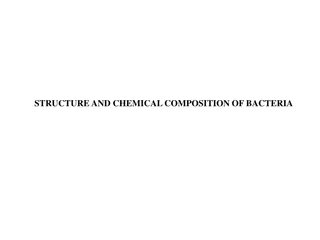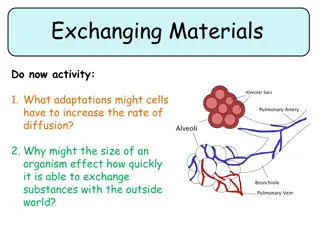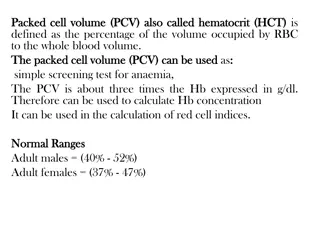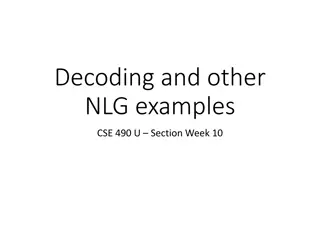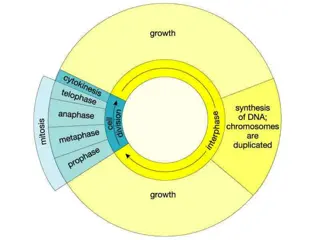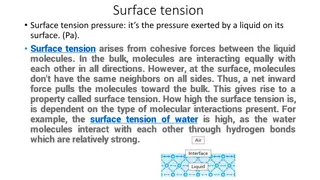Decoding Cell Size and Surface Area to Volume Ratio
Delve into the intricacies of cell size and surface area to volume ratio through a series of informative visuals and calculations. Explore concepts related to perfect and imperfect cubes, and understand how these factors play a crucial role in the functionality of cells. Gain insights into why most cells are small in size and how their structural attributes impact their efficiency.
Download Presentation

Please find below an Image/Link to download the presentation.
The content on the website is provided AS IS for your information and personal use only. It may not be sold, licensed, or shared on other websites without obtaining consent from the author.If you encounter any issues during the download, it is possible that the publisher has removed the file from their server.
You are allowed to download the files provided on this website for personal or commercial use, subject to the condition that they are used lawfully. All files are the property of their respective owners.
The content on the website is provided AS IS for your information and personal use only. It may not be sold, licensed, or shared on other websites without obtaining consent from the author.
E N D
Presentation Transcript
Intro ? Could you come across a 2-ton single-celled organism? Why or why not?
Cell Size Most cells are quite small in size Need to maximize
Surface Area to Volume Ratio For a perfect cube: A cube that is 2cm L x 2cm W x 2cm H. What is its surface area/volume ratio? Surface area = L x W x # sides __cm x __cm x __ sides = ___cm2 Volume = L x W x H __cm x __cm x __cm = ___cm3 Surface Area/Volume Ratio = SA/V ___cm2/___cm3= ___cm-1
With a Partner ratio of a cube that is 4mm x 4mm x 4mm? 1. What is the surface area to volume
Answer! For a perfect cube: A cube that is 4mm L x 4mm W x 4mm H. What is its surface area/volume ratio? Surface area = L x W x # sides 4mm x 4mm x 6 sides = 96mm2 Volume = L x W x H 4cm x 4cm x 4cm = 64mm3 Surface Area/Volume Ratio = SA/V 96mm2/64mm3= 1.5mm-1
Are all cells perfect cubes?
For an imperfect cube (rectangular prism): A cube that is 3mm L x 2mm W x 1mm H. What is its surface area/volume ratio? Surface area = __ mm2 3mm x 1mm x 2 sides = ___mm2 3mm x 2mm x 2 sides = ___mm2 2mm x 1mm x 2 sides = ___mm2 Volume = L x W x H ___mm x ___mm x ___mm = ___mm3 Surface Area/Volume Ratio = SA/V ___mm2/___mm3= ____mm-1
With a Partner 1. Calculate the surface/volume ratio of a cell that is 4mm L x 3mm W x 2mm H.
Answer For an imperfect cube: A cube that is 4mm L x 3mm W x 2mm H. What is its surface area/volume ratio? Surface area = 52mm2 4mm x 2mm x 2 sides = 16mm2 4mm x 3mm x 2 sides = 24mm2 3mm x 2mm x 2 sides = 12mm2 Volume = L x W x H 4mm x 3mm x 2mm = 24mm3 Surface Area/Volume Ratio = SA/V 52mm2/24mm3= 2.2mm-1
Why are Cells Small? Maintain a large surface area to volume ratio Uptake of oxygen, nutrients, and removal of waste is more efficient Better for the cell If the volume becomes too large, surface area to volume ratio becomes small
Why are Cells Small? In larger cells Transport of materials from one region of the cytoplasm to another takes longer Nucleus controls cellular activity The nucleus communicates with the outer parts of the cell
With a Partner 1. If the cubes to the right represented a cell, which cube got food, water, or something needed by the cell distributed to all
Answer ?s in Note Guide






